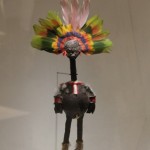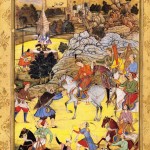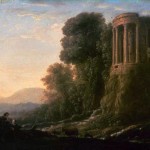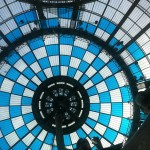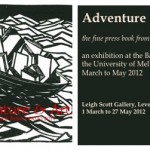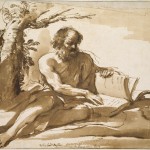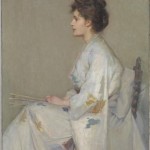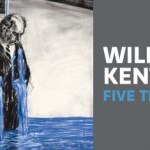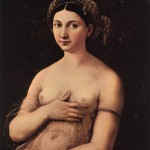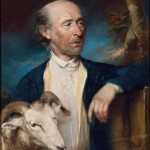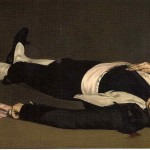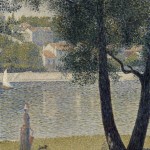
Radiance. The Neo-Impressionists Reviewed by David R. Marshall Radiance: The Neo-Impressionists. National Gallery of Victoria, 16 November 2020 – 17 March 2021 Impressionism was killed by theory, the theory that gave the Neo-impressionists their identity. Neo-Impressionist theory picked up on Impressionism’s naturalism and acute observation of outdoor light effects (coloured shadows and so forth) and married them to contemporary colour theory. The result was a pseudo-scientific artistic practice that proved to have interesting artistic possibilities wholly at odds with the theory that underpinned it. The science was the idea of optical mixing of colours and the theory of complementary contrasts. These were set out by in a book published forty years earlier by Michele-Eugène Chevreul, who had been director of the Gobelins tapestry works. Optical mixing derived from the practice of tapestry workers of twisting differently coloured threads together to…

